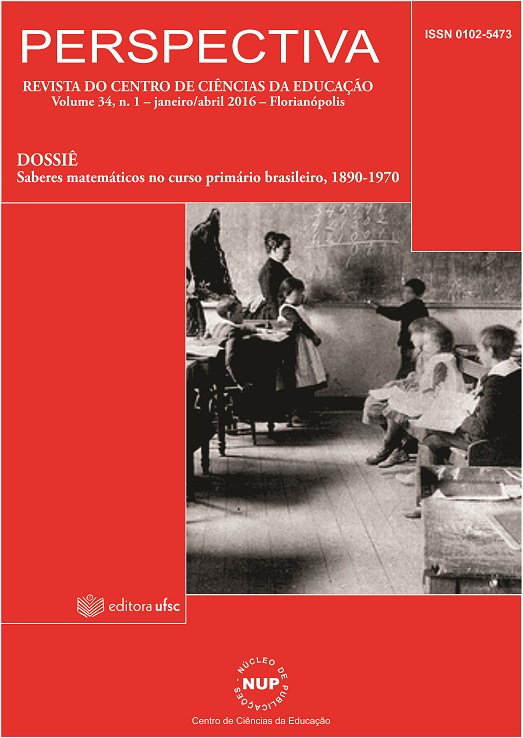What we talk about when we talk about work?
DOI:
https://doi.org/10.5007/2175-795X.2016v34n1p305Abstract
The research that led to this study, of theoretical character, has been analyzing a set of categories which are fundamental to the historical-Cultural Theory, widely and generically recurrents in pedagogy courses, but not always taken to giving it such a theory. The recent disclosure of the historical-Cultural Theory in the education field has placed on the agenda of educational speeches a wide terminology whose categorical force stands only before fidelity to its contents. However, it was noted, in the course of teaching practice, students tend to use certain terms without, however, clearly discriminate their sense, as they have different theoretical perspectives. They inadvertently incur in a deleterious eclecticism, with meanings that sometimes are strangers or even contrary to the fundaments of a particular theory. The present work analyzes the category “activity” in New School pedagogy, opposing it to Leontiev’s theories, with reference to the category of work, according to Marx's formulation.
Keywords: Activity. Work. Education.
Downloads
Published
How to Cite
Issue
Section
License
This journal provides open access to all of it content on the principle that making research freely available to the public supports a greater global exchange of knowledge. Such access is associated with increased readership and increased citation of an author's work. For more information on this approach, see the Public Knowledge Project, which has designed this system to improve the scholarly and public quality of research, and which freely distributes the journal system as well as other software to support the open access publishing of scholarly resources. The names and email addresses entered in this journal site will be used exclusively for the stated purposes of this journal and will not be made available for any other purpose or to any other party.
The Perspectiva allow the author(s) yo hold the copyright without restrictions as well as publishing rights. If the paper will be republished later in another format, the author(s) should inform that it has originally been published as article in Perspectiva Journal and quote the complete references.



